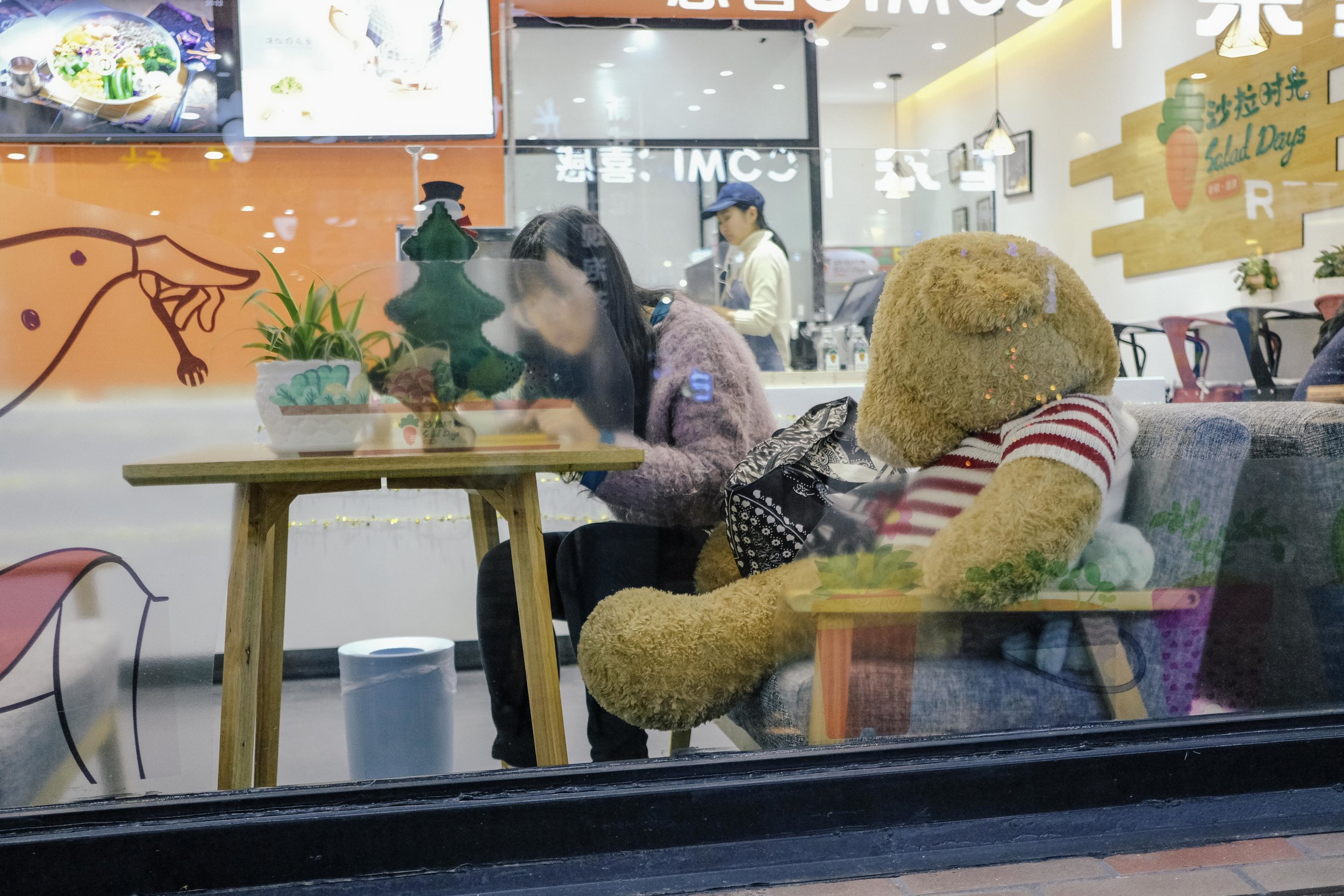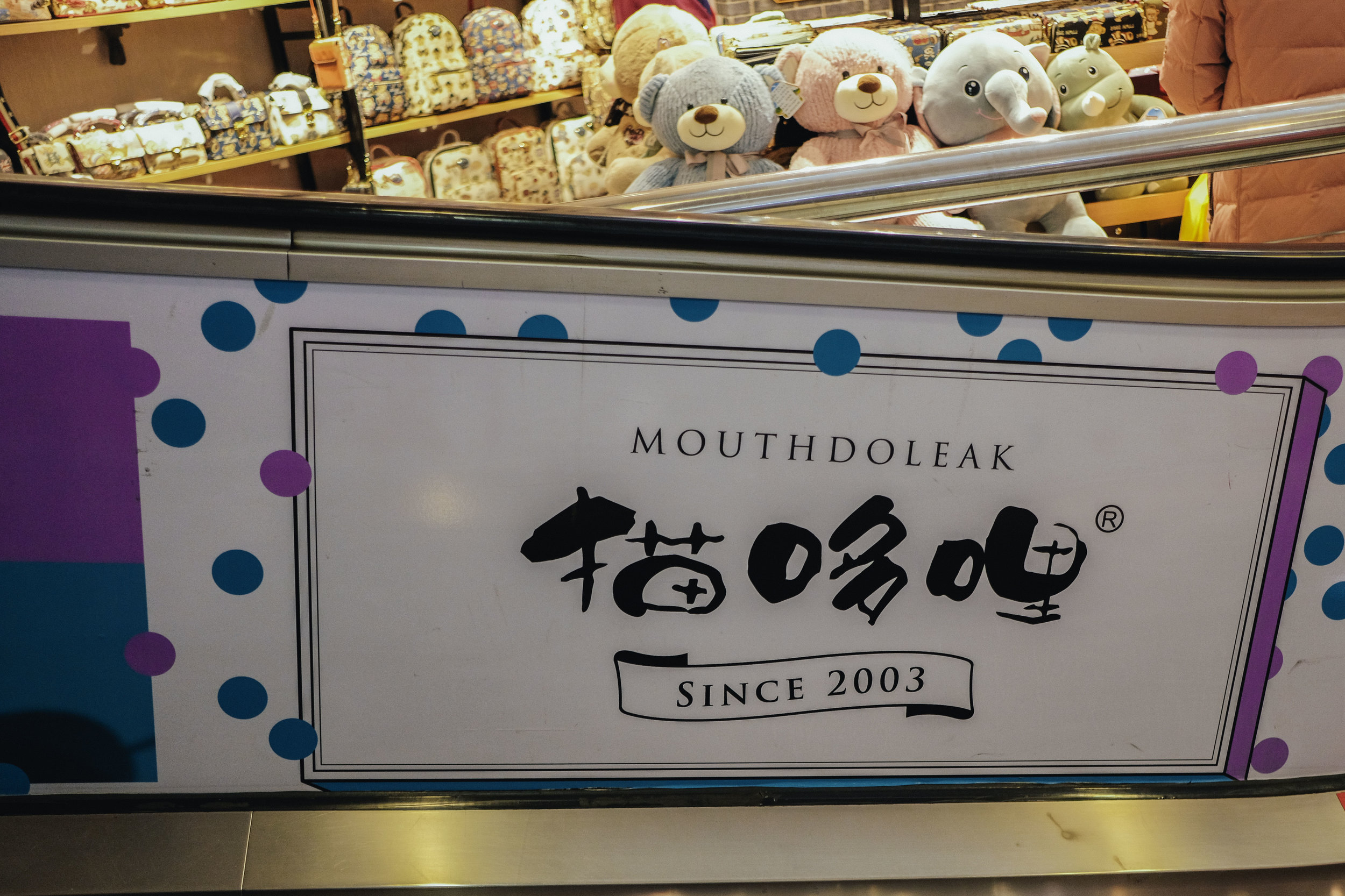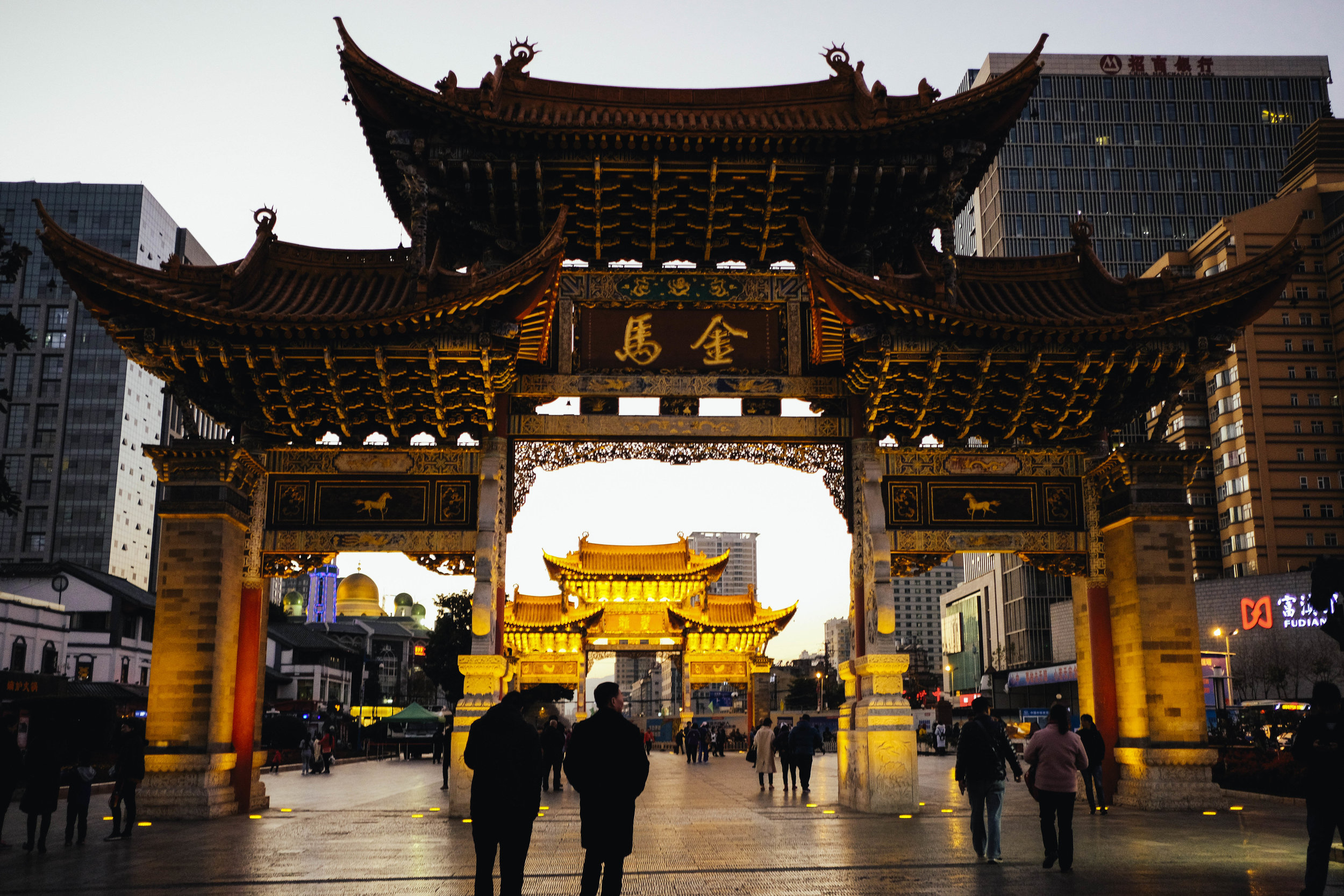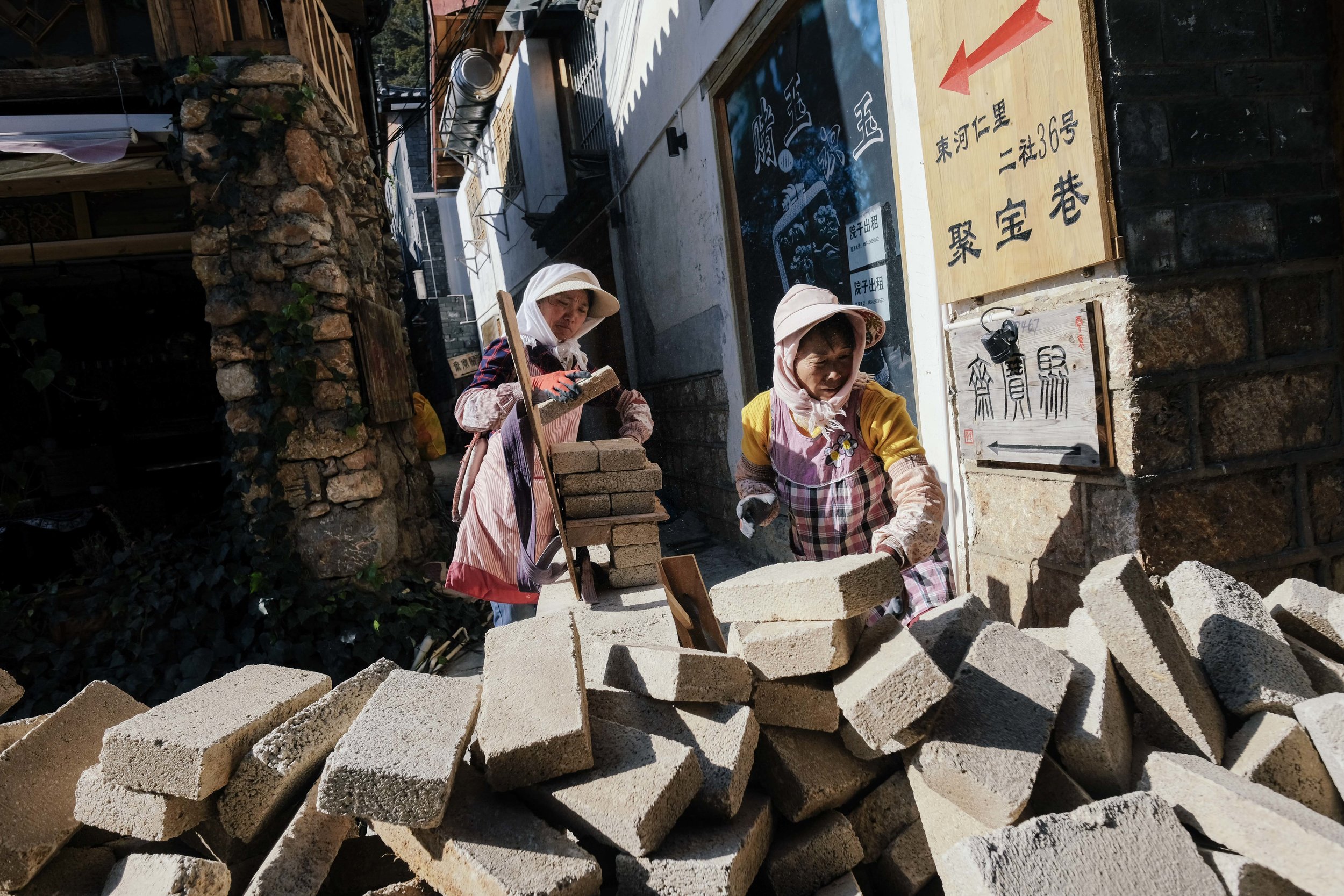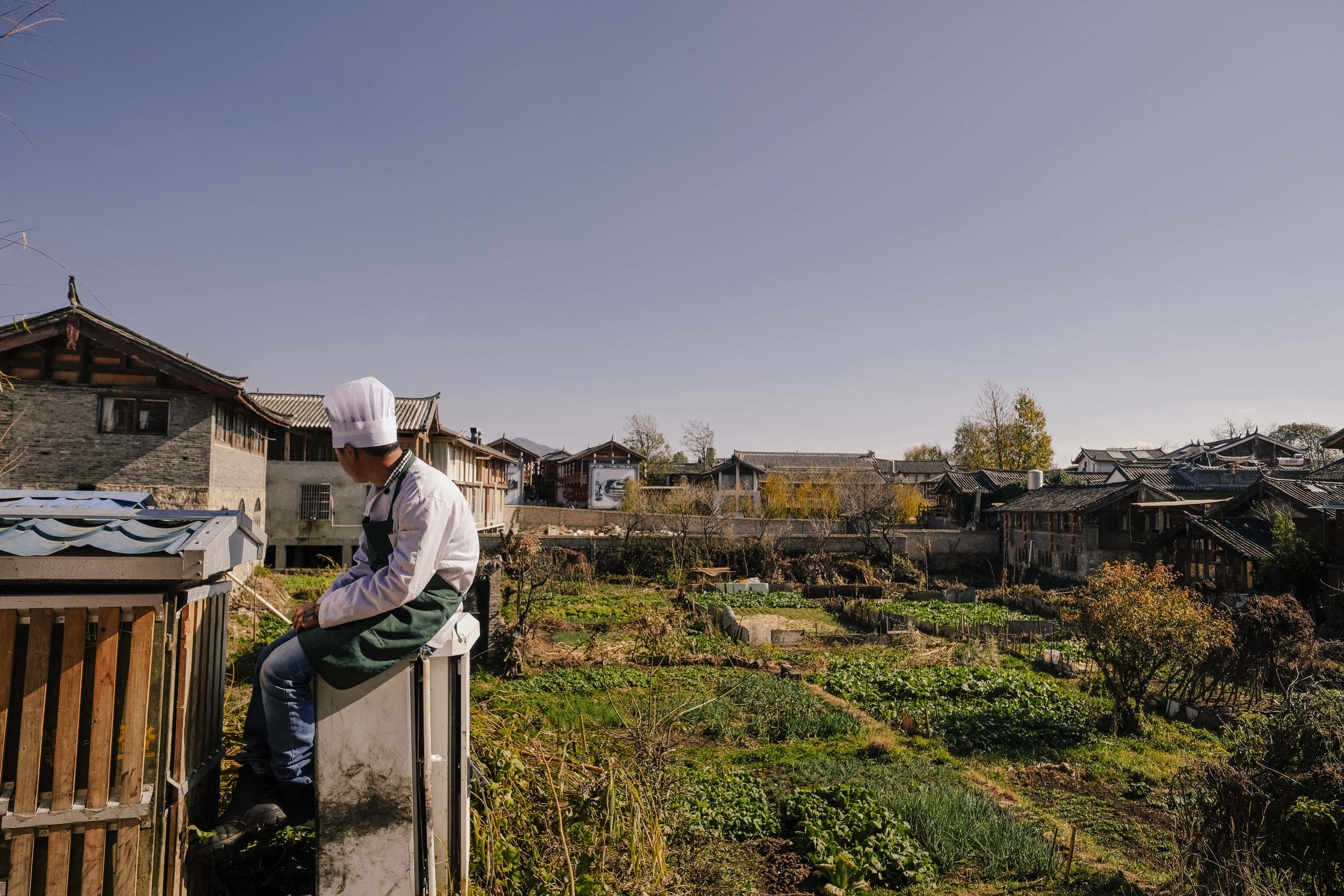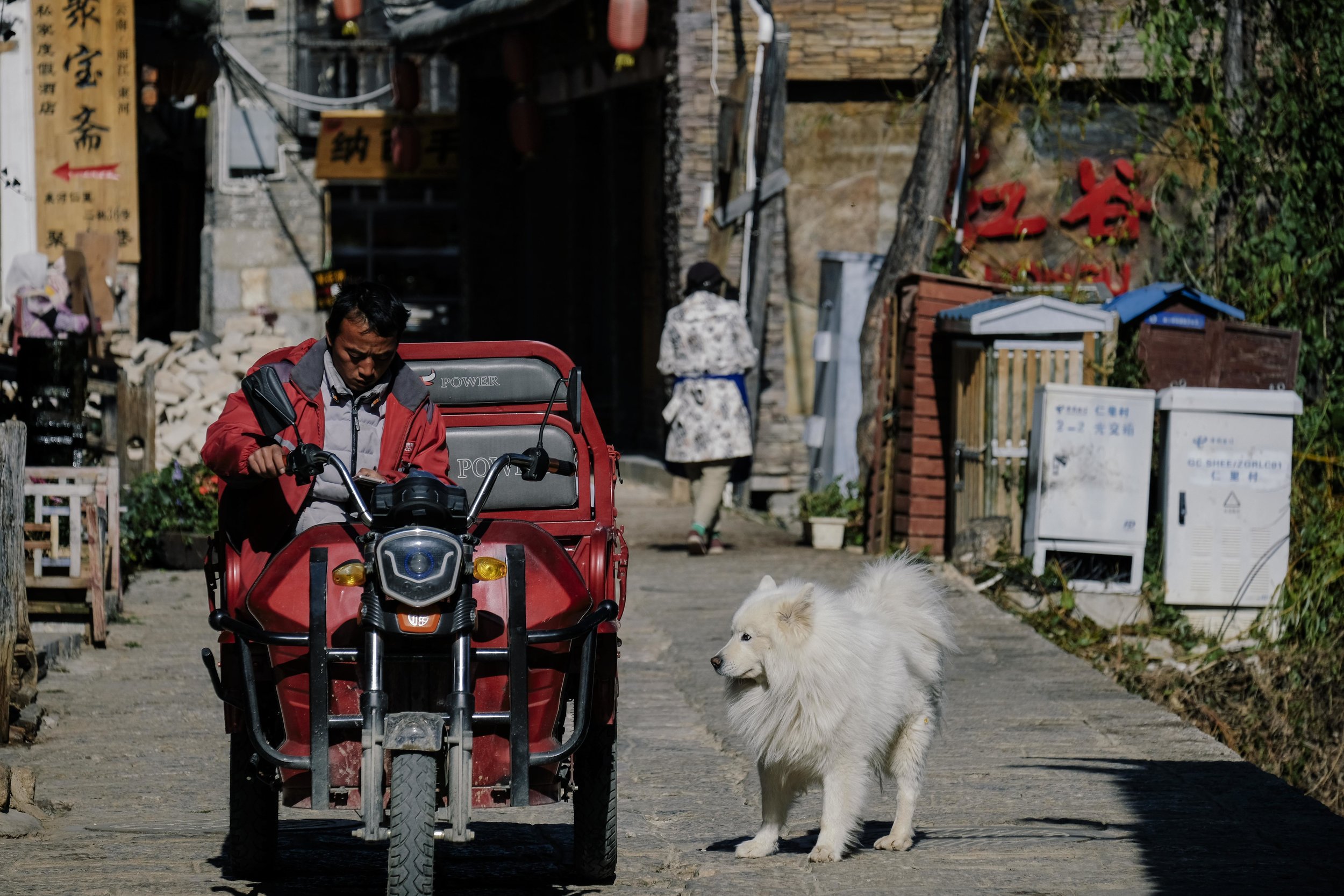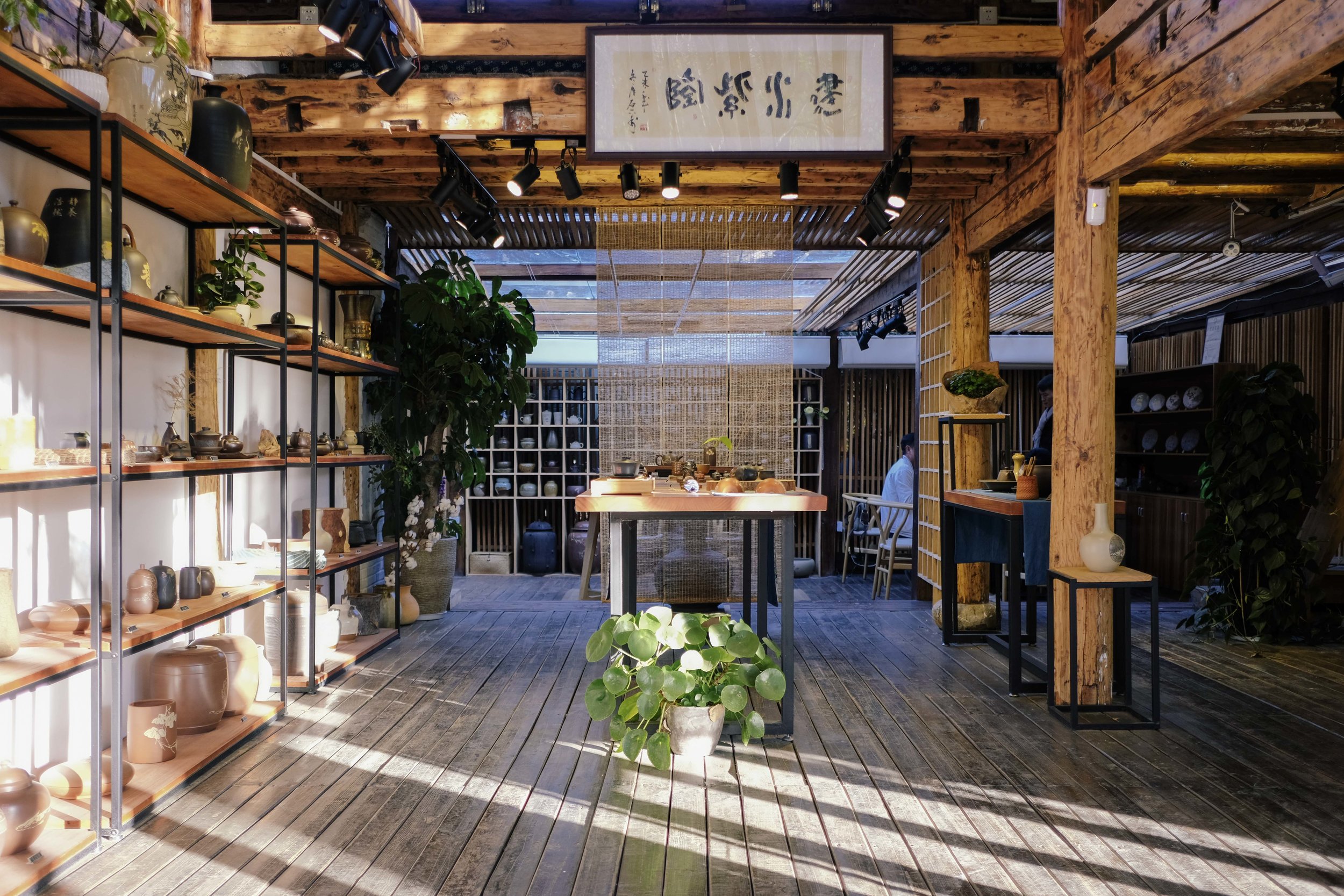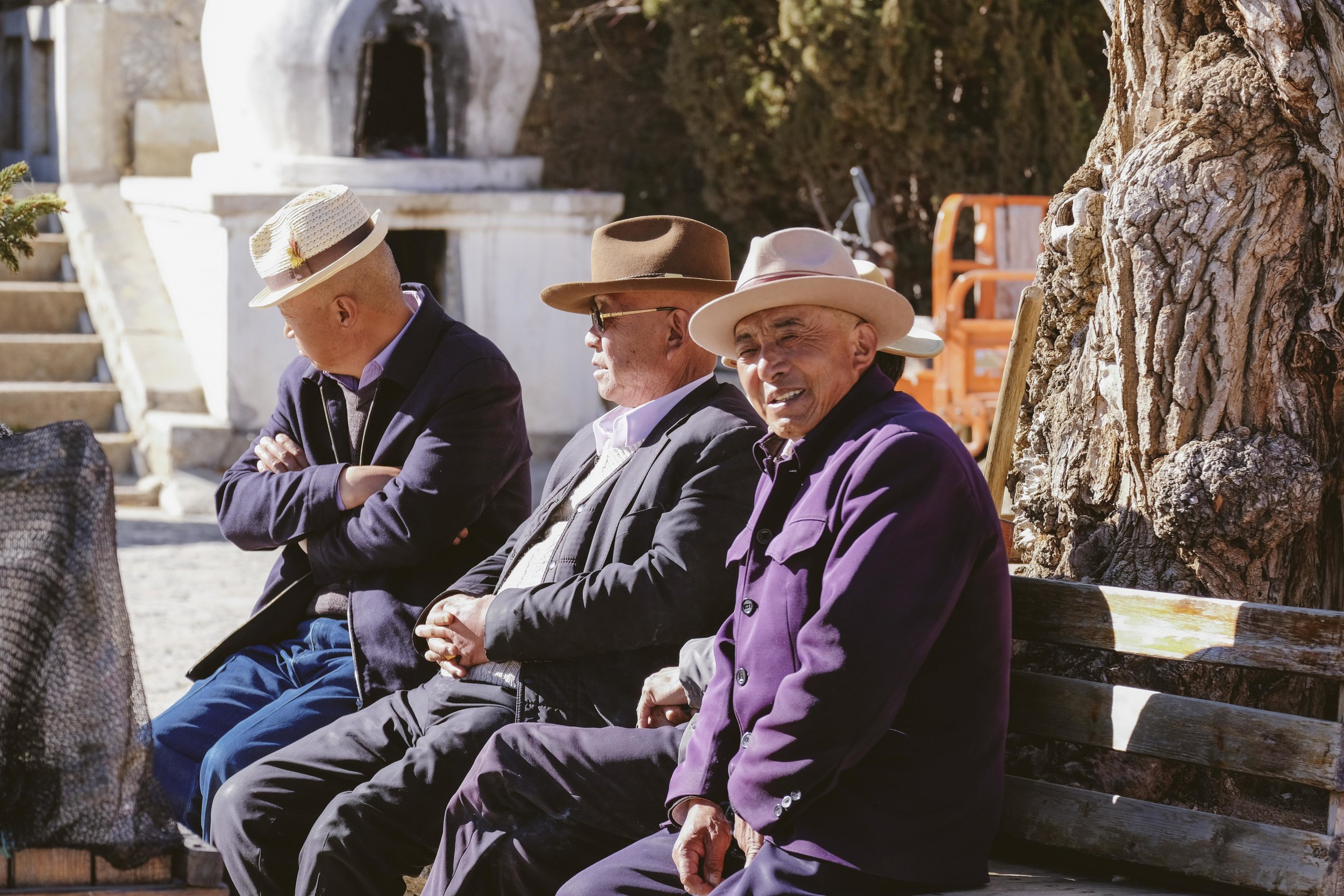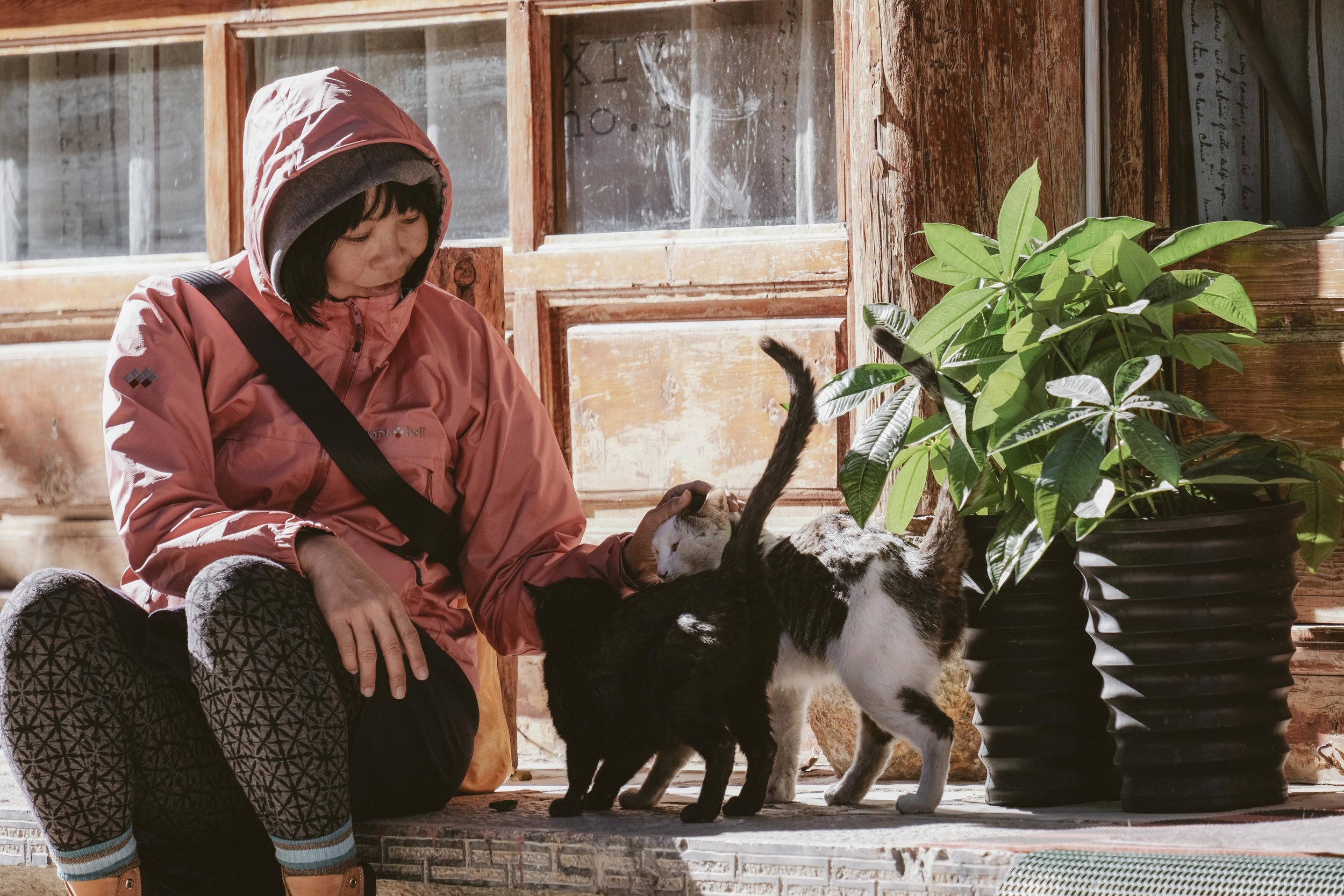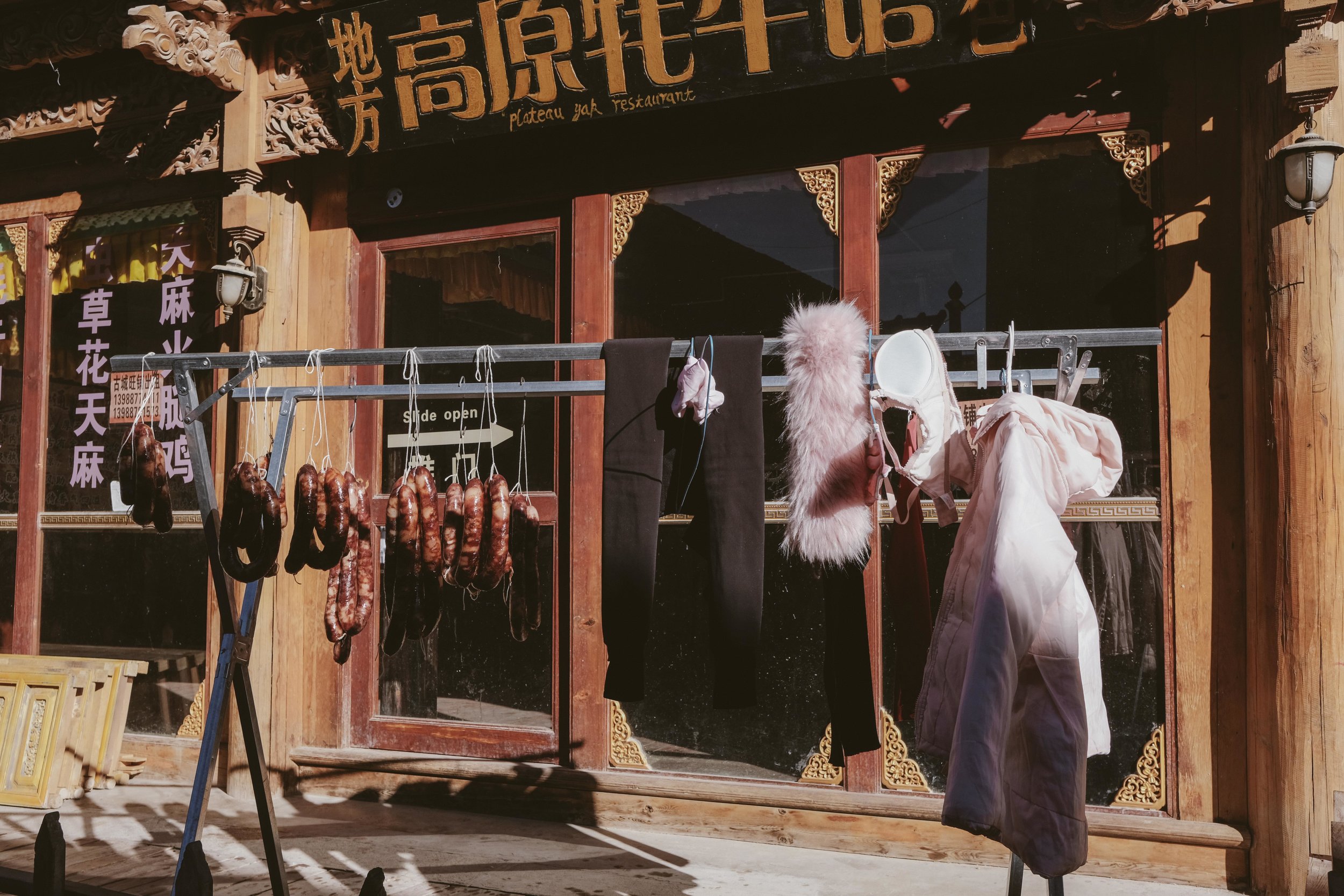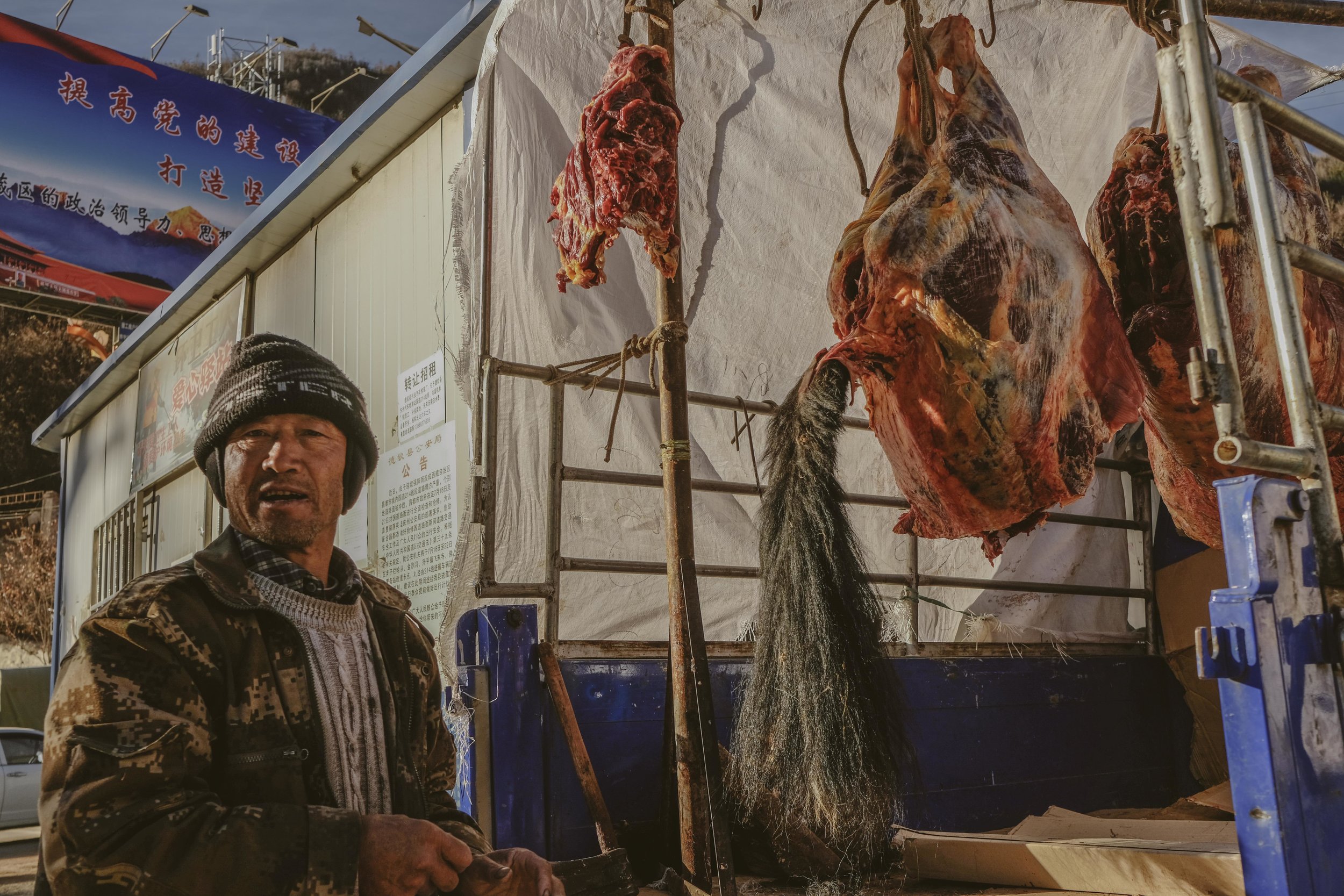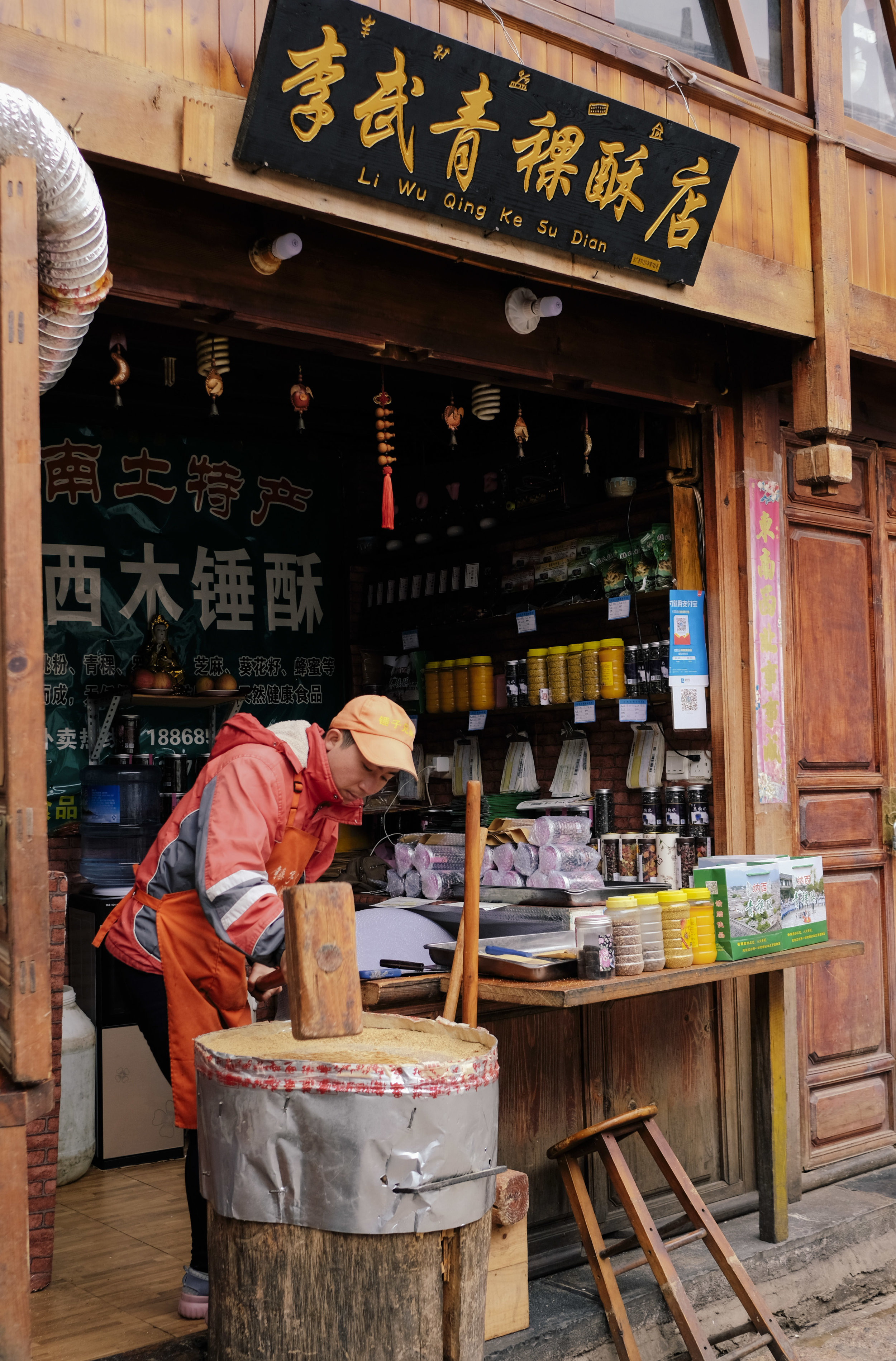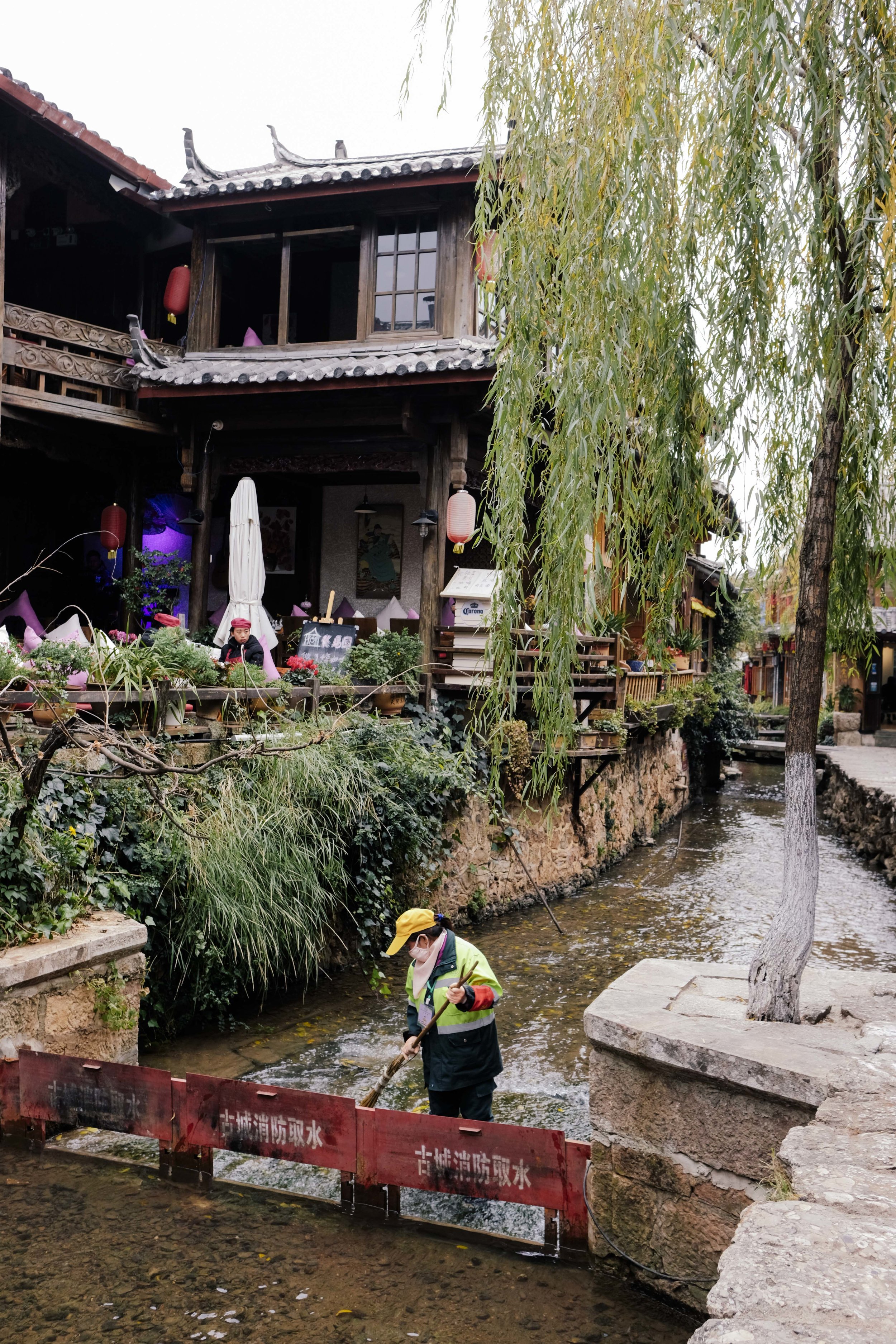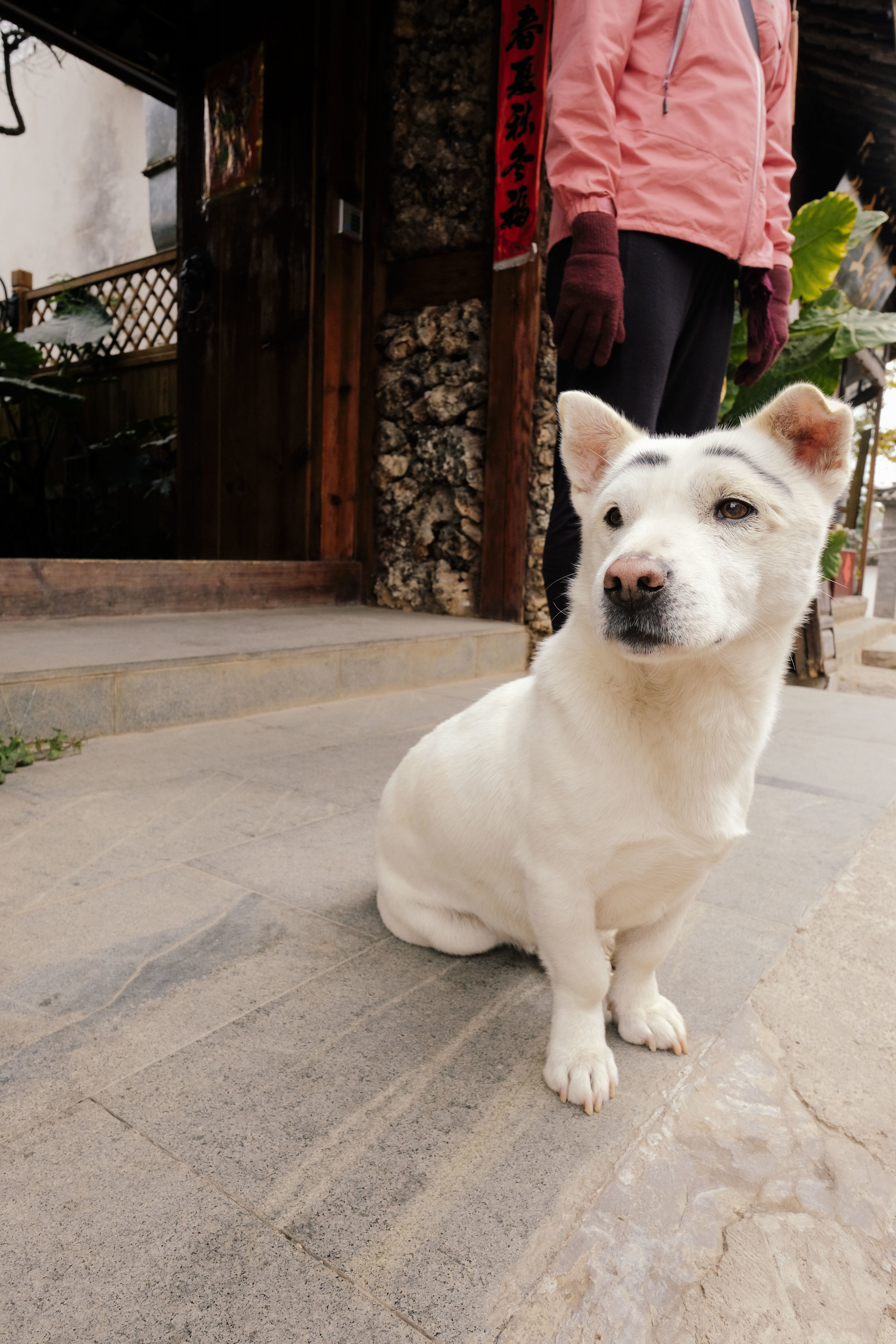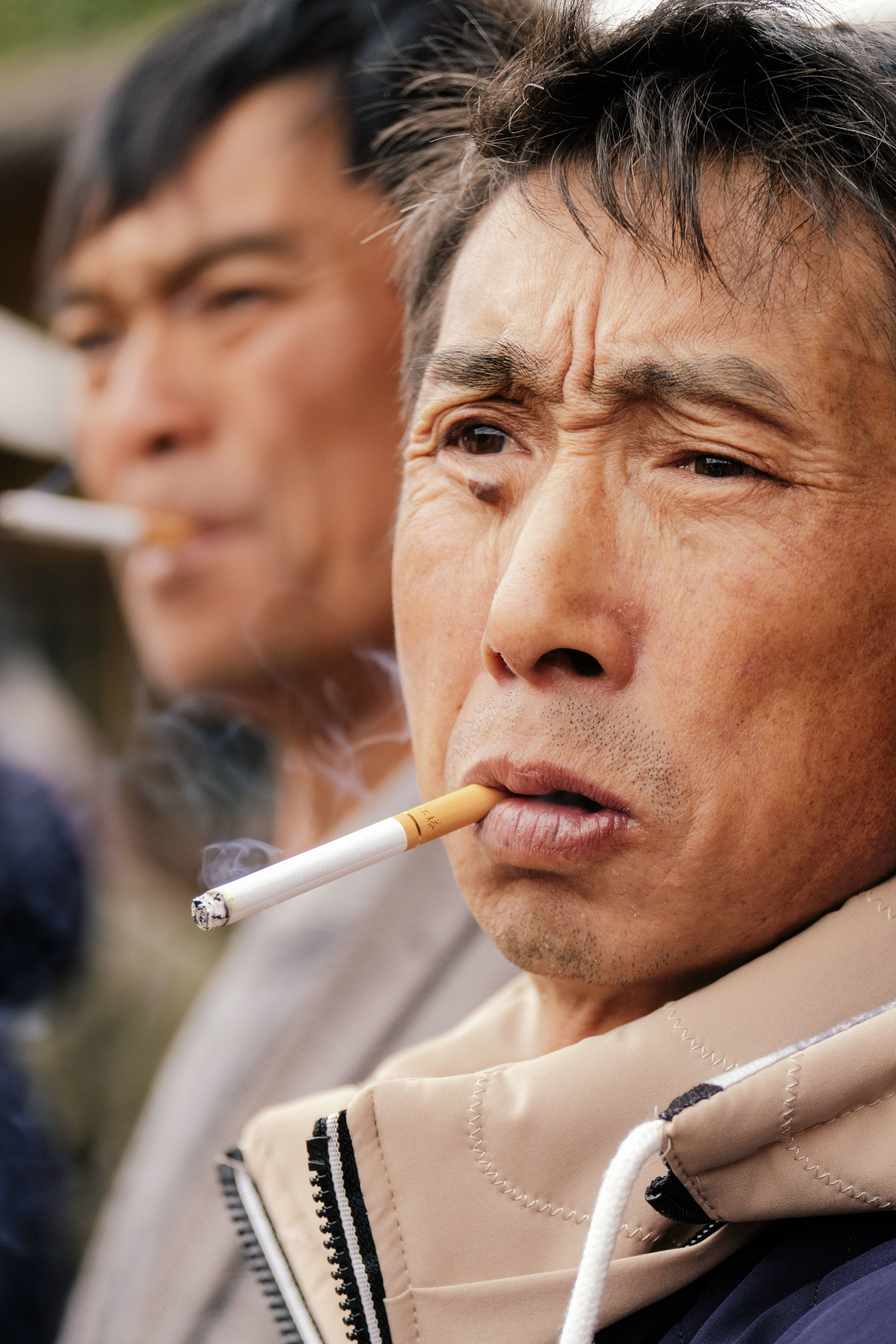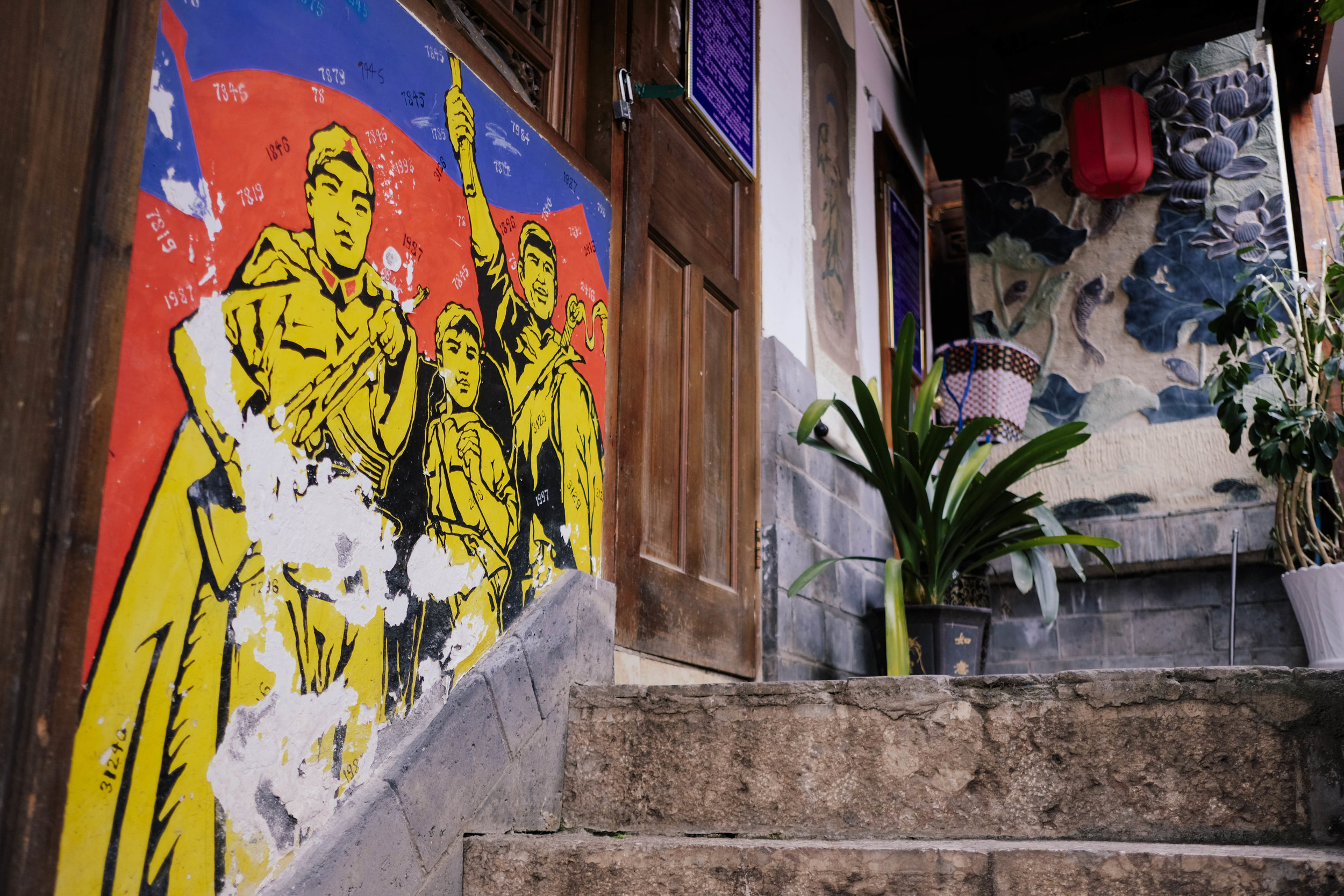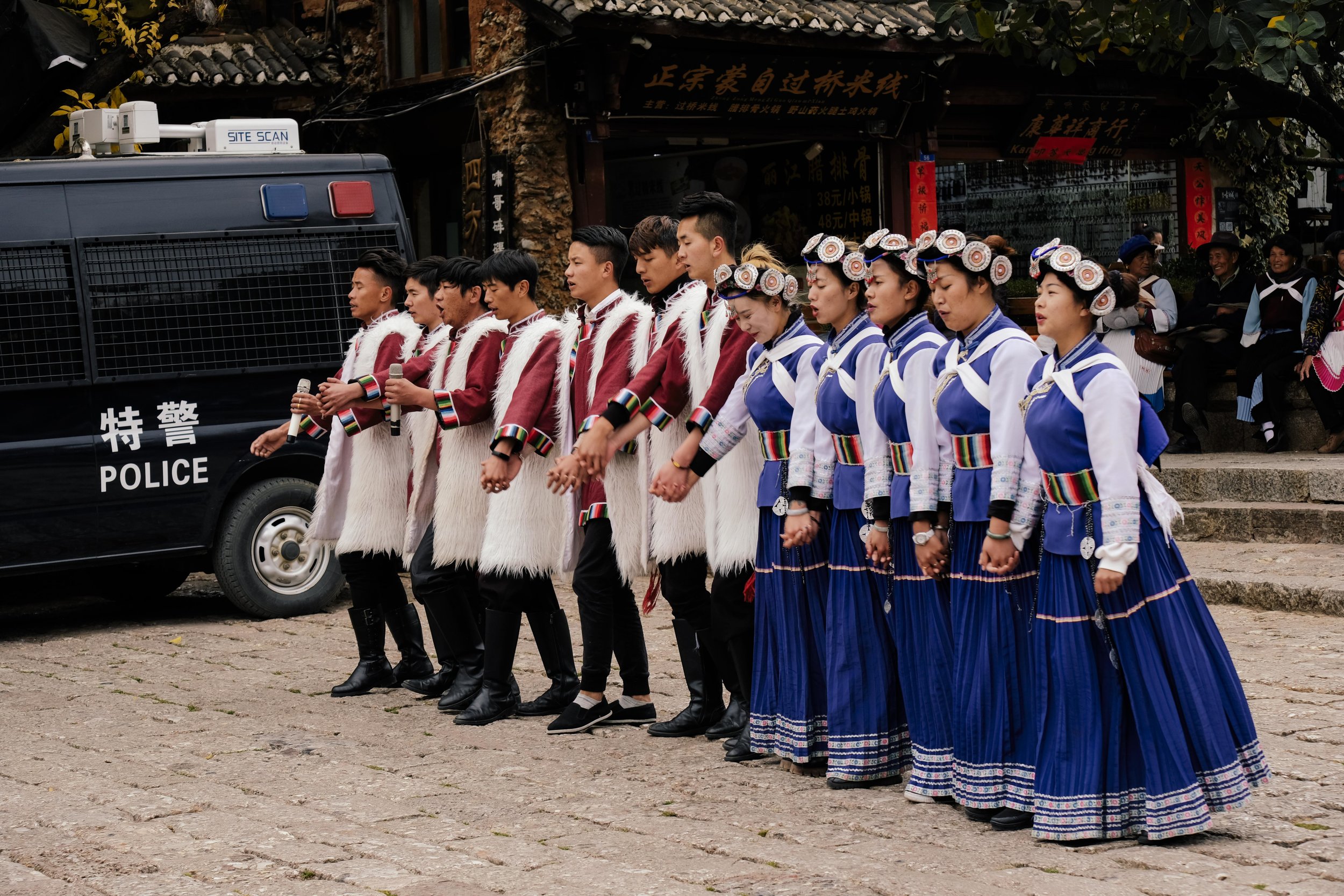NEW TINTS FOR OLD CITIES
by Marc Nair, 18 February 2018
China has been ploughing billions of dollars into infrastructure in Africa and parts of Indo-China over the last ten years and as a result has gained a foothold in many key industries in these developing nations. At home, the surge to colonise every square inch of its vast terrain continues. Existing cities are upgraded, ancient ones are given a tourist coating, and roads are tunnelled through mountains in the inexorable march towards economic growth and progress. History is a vague point of reference, something left to plaques and guided tours.
Kunming
Kunming is a pretty old city, dating back over 2,000 years, and people have lived in the area from as far back as 30,000 years ago. It was opened as a trading port in 1905, and this began its rise as one of Western China's key cities. Today, Kunming is a humming buzz of trade, with traditional buildings, street vendors and glitzy shopfronts all competing for attention.
Shuhe Ancient Town
About four kilometres northwest of Lijiang is the old town of Shuhe. It was once an important stop along the ancient tea route, and is the traditional home of the Naxi people. A quick search for more information throws up this gem from Travel China Guide,
The town is alive with the strong culture of primitive simplicity. If you are tired by the hustle and bustle of city life, come here, the tranquility of country life will certainly relax and revive you.
The town, and some of its buildings remain from an older era, but its contents are completely different. Its very much a tourist dump today, with dozens of the same stalls selling exactly the same things. In fact, there are cartels that control all the yak jerky or musical instrument shops, because there's just no differentiation between the shops. Even the leather and woodworking 'artisans' seem planted, as real as the carefully aged, replica roofs. The town is good for looking at cobblestones, and serves as a gentle introduction to China, but don't expect authenticity.
Top Left: Naxi women hard at work on a construction site. The women are often the head of the house, inheritance is through the female line, and women make business decisions, and also do the manual labour.
Top Right: A chef taking a break in front of a plot of vegetables in the middle of the city.
Bottom Left: One of numerous dogs trotting along in the city. They are always busy, and are friendly enough, if they don't have any pending appointments.
Bottom right: A beautifully designed tea shop, one of dozens in the city. Its a common pastime to sip endless tiny cups of tea and watch the tourists drift by.
Shangri-La
Technically, Shangri-La doesn't exist. This is Dukezong, an old Tibetan town along the Silk Route. It was renamed Shangri-La by Chinese authorities years ago in a bid to drive developers to the area and 'Disneyfy' the old town into something mythical. Unfortunately, a massive fire in 2014 burned two-thirds of the old town. Today, only a smattering of the old houses are left. Everything else is a conurbation of modern buildings. Shangri-La has become a city of the ugliest order. What still persists are pockets of Tibetan way of life, but its hard to tell how long that will be allowed to exist in the face of all-consuming industrial growth.
There's still a market for yak heads as ceremonial items, and what better place to polish them clean from gristle then out on the sidewalk.


